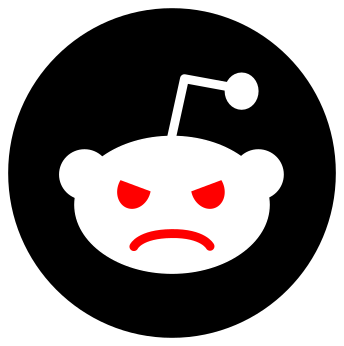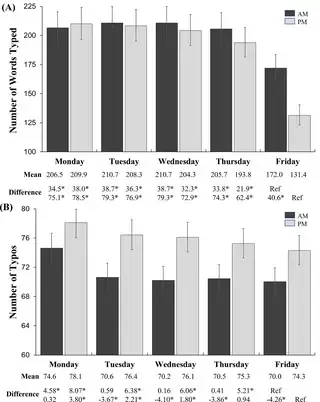Alternative work arrangements have emerged as potential solutions to enhance productivity and work-life balance. However, accurate and objective measurement of work patterns is essential to make decisions about adjusting work arrangements. This study aimed at evaluating objective computer usage metrics as a proxy for productivity using RSIGuard, an ergonomics monitoring software. Data were collected from 789 office-based employees over a two-year period between January 1, 2017 and December 31, 2018 at a large energy company in Texas. A generalized mixed-effects model was utilized to compare computer usage patterns across different days of the week and times of the day. Our findings demonstrate that computer output metrics significantly decrease on Fridays compared to other weekdays, even after controlling for total active hours. Additionally, we found that workers’ output varied depending on the time of day, with reduced computer usage observed in the afternoons and a significant decrease on Friday afternoons. The decrease in the number of typos was much less than that in the number of words typed, indicating reduced work efficiency on Friday afternoons. These objective indicators provide a novel approach to evaluating the productivity during the workweek and can help optimize work arrangements to promote sustainability for the benefit of employers, employees, and the environment.



I work four, ten hour days, it is more or less the same. The place empties out early, less people going around etc.
If it was a 4-8 for the same pay I’d probably be less exhausted by thursday. It’s the hours, less so the days It’s split between.